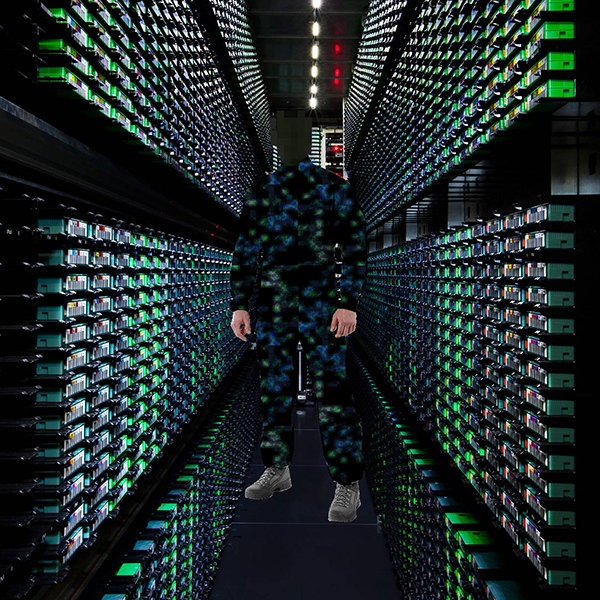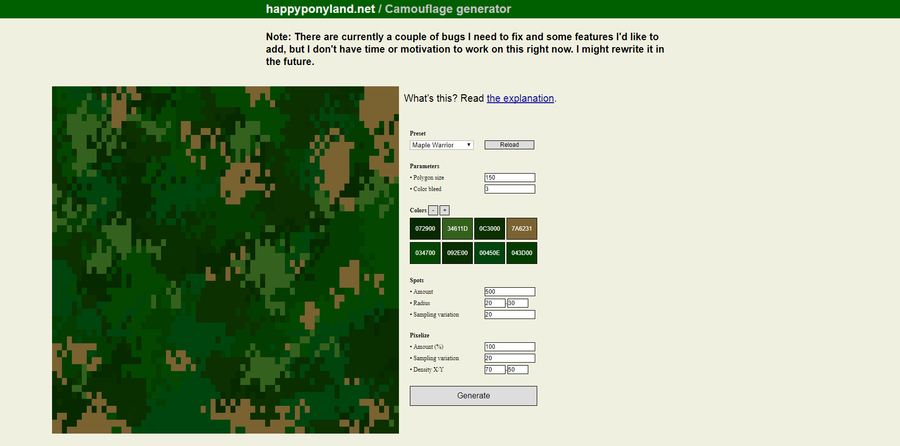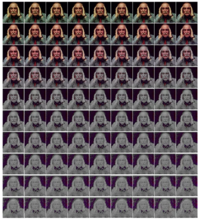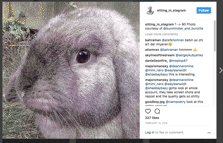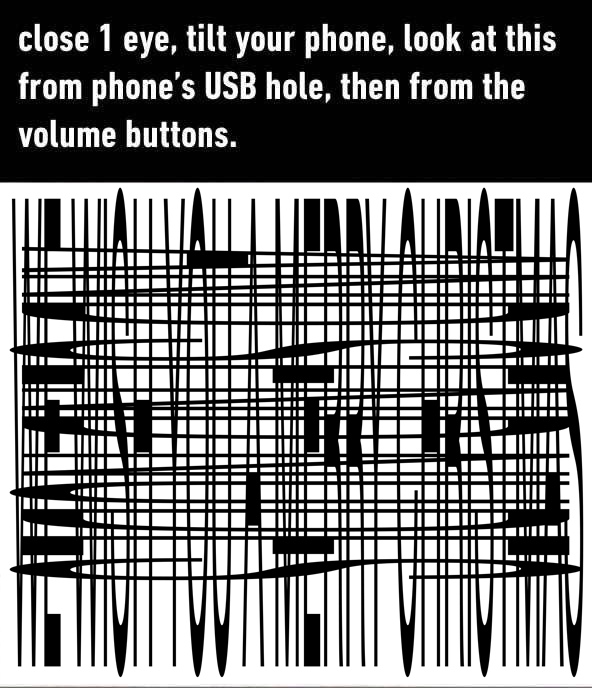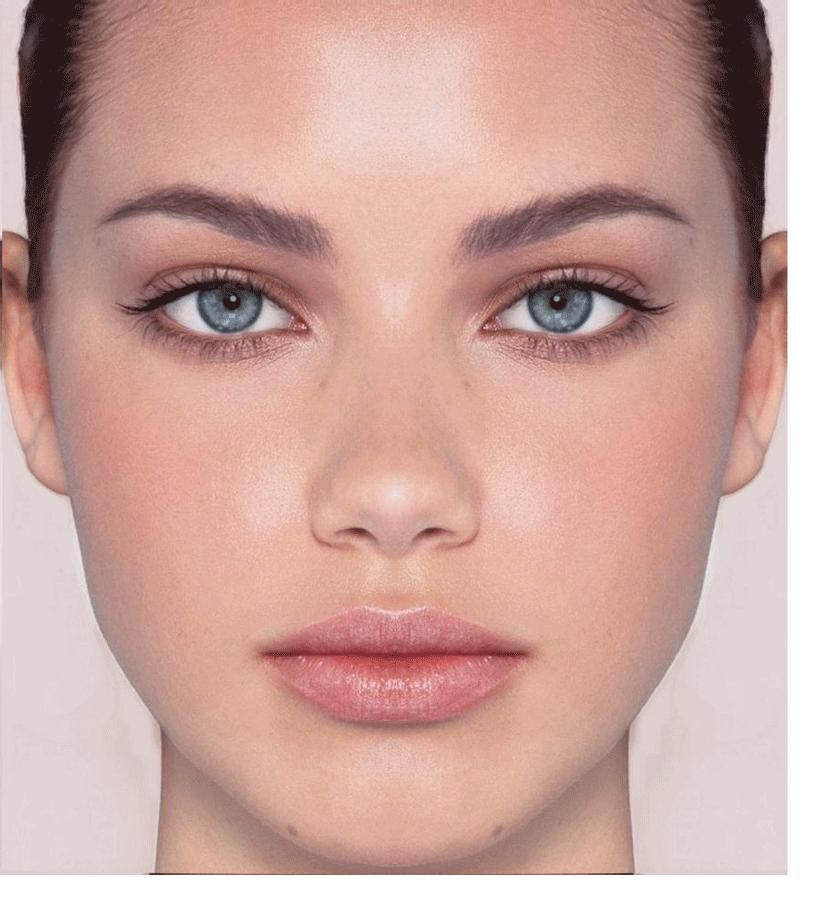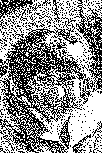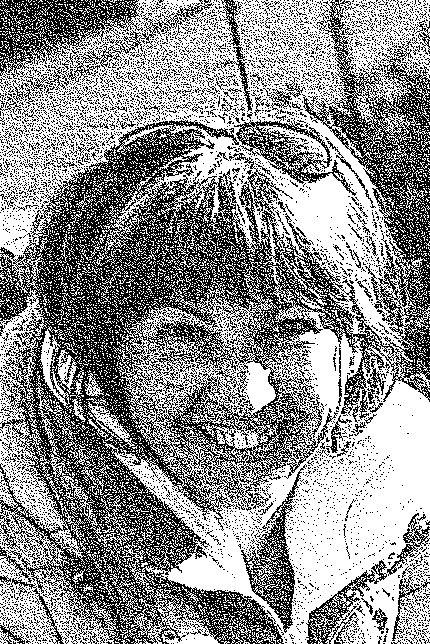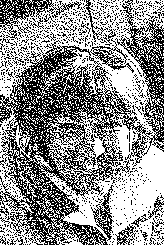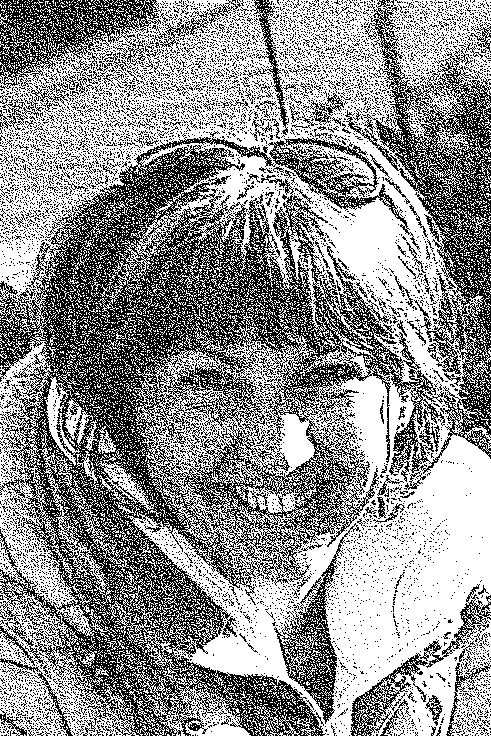Difference between revisions of "User:Noemiino/year3.2"
(→ASCII) |
|||
| Line 110: | Line 110: | ||
ASCII video in 3d. Game design https://www.youtube.com/watch?v=IEbFwDv1RHU | ASCII video in 3d. Game design https://www.youtube.com/watch?v=IEbFwDv1RHU | ||
<br> | <br> | ||
| − | + | ||
| − | |||
===='''KEYWORDS''' ==== | ===='''KEYWORDS''' ==== | ||
*depth image processing | *depth image processing | ||
| + | |||
| + | |||
| + | ==== ASCII and KINECT ==== | ||
| + | Ascii and kinect -- very good resource to read bout how kinect works and was used in one of the projects. -- http://tundra.csd.sc.edu/itineration/submission_pages/kinect/index.html -- <br> | ||
| + | project name: ''emBody(dekaaz) {'' <br><br> | ||
| + | https://github.com/sstephenson/kinect --- project with kinect and ascii not in 3d space tho | ||
Revision as of 11:44, 7 December 2017
Contents
Info
NOEMI BIRO
0919394@hr.nl
Graphic Design
How to be human in the near future of Q10?
From the projects I worked on in Q9 I was fascinated by the way a machine can create a new image from what it is fed. While I was preparing the images to upload to the wiki I had a gif that I had to reduce the quality so much to fit in the 2 MB restriction that it became a 100 × 56 image - this gif is in the end not more than 400 KB and has specific settings for the colors that is why the bigger I set the resolution for it here on screen the more interesting it becomes. The pixels become visible and a new layer of the image emerges.





Other examples
In the examples above the original image kind of gets disassembled and every small pixel has a visuality in its own. I am curious about the restrictions file formats have in deconstructing them to one pixel or id it is possible to change the pixels of an image. I want to try making these zoomed in pixels sharp. Generate sharp vector symbols based on the pixels and then reconstruct the image. I want to see this manifest in print but also on different sized computer screens and resolutions.
I would like to create a world of modified pixels that is experienceable. So work with interaction of a viewer, make the pixels change accordingly.
![]()
![]()
![]()
![]()
![]()
![]()
![]()
Hiding your identity
When processing an image into smaller component we loose part of the information this carried. Pixelating something makes the information unreadable, preserving the identity? Or hiding it?
Camouflage
Construction of digital image and compressions + examples
Pixel art
- file format of lossless data = png, gif
- isometric = giving 3d look vs. non-isometric
- 512×256 image = sprite sheet and is the reason you can animate your sprites
Instagram project about reposting the same picture
<iframe src="https://player.vimeo.com/video/119002441" width="640" height="1140" frameborder="0" webkitallowfullscreen mozallowfullscreen allowfullscreen></iframe> "It’s a concept known as “generation loss,” and is the subject of artist Pete Ashton‘s project “I Am Sitting In Stagram (2015).”
The experiment is a variation on composer Alvin Lucier’s “I Am Sitting in a Room” experiment in which Lucier recorded himself talking and then rerecorded the recording over and over until his voice becomes unintelligible."
Streched texte meme: send nudes
Questa
- Do we loose or gain information by distortion?
- If we reconstruct a deconstructed image is that speculated information or factual?
- Is it hiding our identity or saving protecting our identity?
- Can a pattern be somebodys identity?
- What happens when someone is present as a pattern? Is there growth?
- What happens when you start being a pattern?
- Can a pattern be generated by manipulating singular pixels of an image?
- What function does distortion have on the digital realm?
What i can do
- Q**Distort a face or distort a body or distort a picture? ............
- Q**What kind of distortion? Applying the image to a grid system. Based on the system divide individual component of the image. Call them pixels? Then inside these pixels i can apply the same grid in smaller scale? divide it even further and further? and how far can you go with it? OOOOOOORRRRRRRR :
- Q**change the individual pixels? Change some individual pixels? Randomly or by an algoritm or by something a machine could see in an individual pixel? Or change all the individual pixels?
- Q**Change into whaat? What symbol can come to replace the pixel? Can the image still resemble its primary image from distance or is it totally different? Is there added information in the image or is there less information than in the first image? What is this information and why does it matter? Can you loose the recognisability of the face by this process? Is the information the recognizability of the face?the identity?
deconstruct and reconstruct
More examples
Google uses AI to reconstruct a portrait from pixel image
"Derrick Schultz - robot portrait drawings"
Tryouts
<iframe src="https://giphy.com/embed/3osBLrfDYnOWW9RmHm" width="320" height="480" frameBorder="0" class="giphy-embed" allowFullScreen></iframe>
<a href="https://giphy.com/gifs/3osBLrfDYnOWW9RmHm">via GIPHY</a>
Digitally
Unity
pinch to zoom https://unity3d.com/learn/tutorials/topics/mobile-touch/pinch-zoom
webcam mesh
https://www.airtightinteractive.com/2012/08/webcammesh-demo/ the tool: https://airtightinteractive.com/demos/js/webcammesh/ https://threejs.org/examples/#webgl_kinect three.js + kinect
ASCII
ASCII video in 3d. Game design https://www.youtube.com/watch?v=IEbFwDv1RHU
KEYWORDS
- depth image processing
ASCII and KINECT
Ascii and kinect -- very good resource to read bout how kinect works and was used in one of the projects. -- http://tundra.csd.sc.edu/itineration/submission_pages/kinect/index.html --
project name: emBody(dekaaz) {
https://github.com/sstephenson/kinect --- project with kinect and ascii not in 3d space tho
